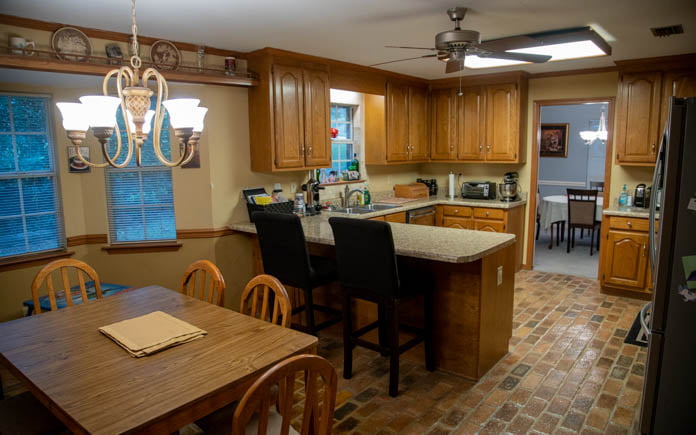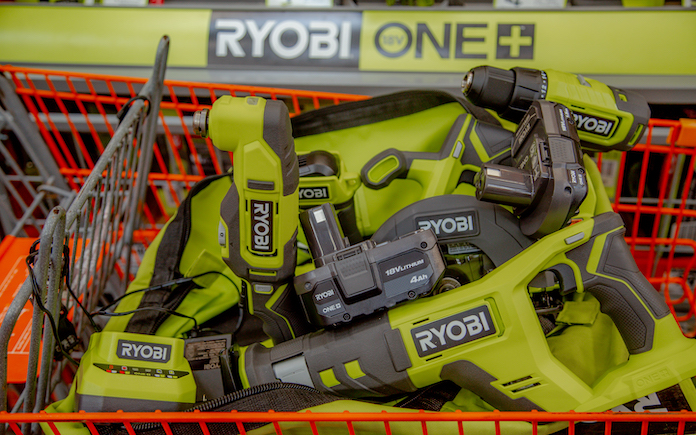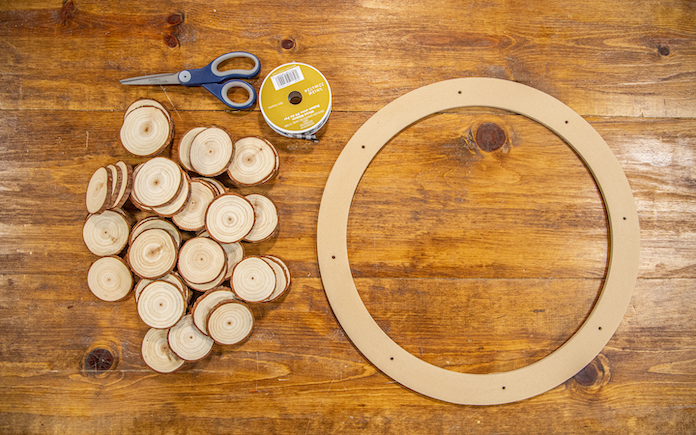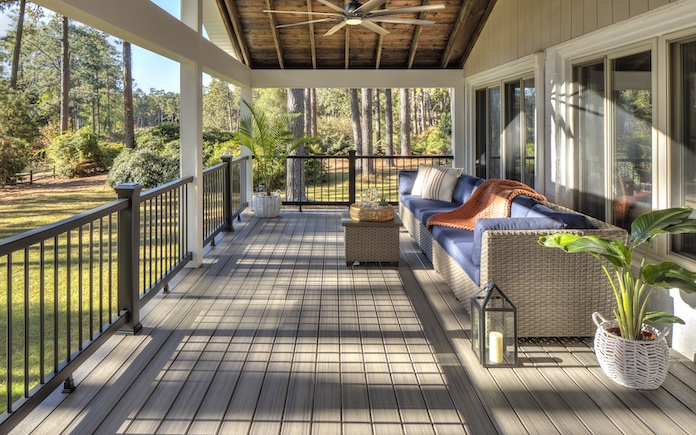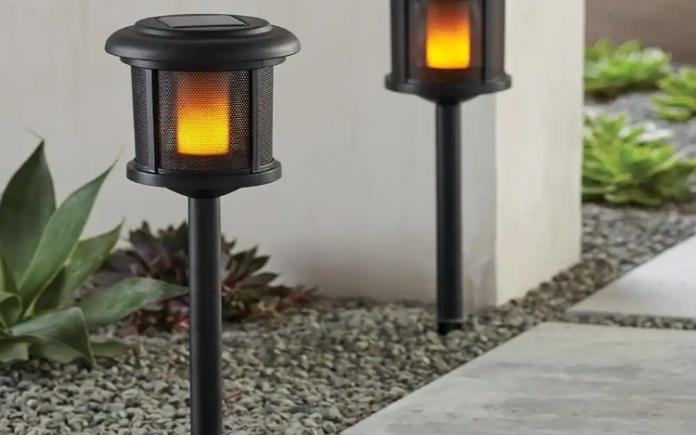End-of-Summer HVAC Maintenance Tips
Don’t forget to replace your heating and cooling system’s air filters every 30 to 90 days. (American Standard HVAC) When the season transitions to the colder months, it’s important to maintain your heating, ventilation and air conditioning system. Just as you want your HVAC system to keep you cool during the summer, you’ll need to … Read more


